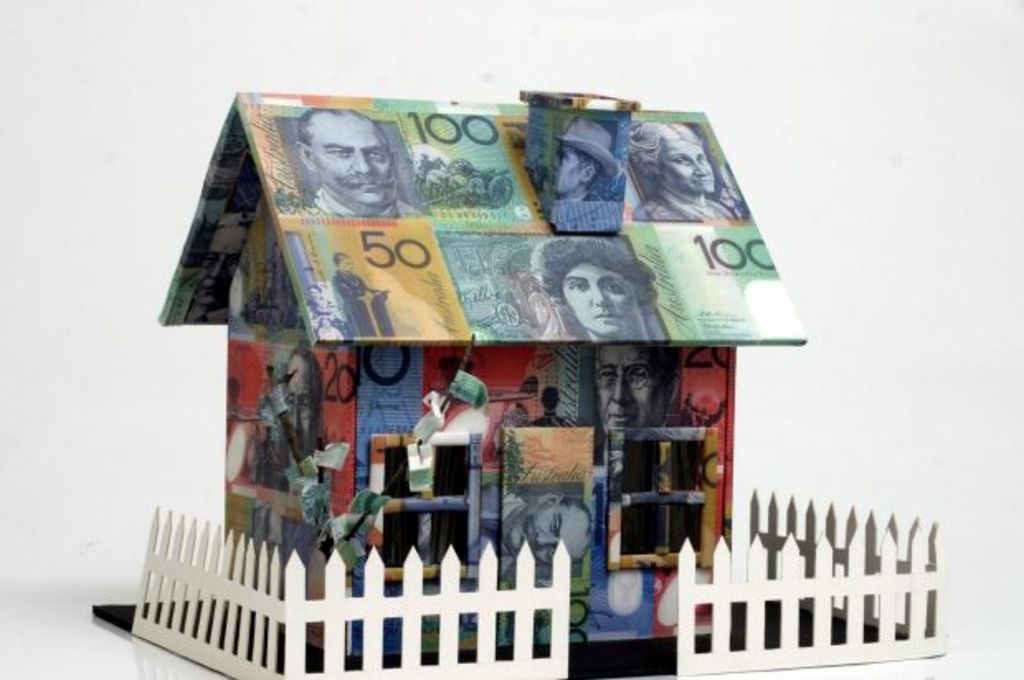Big increase in new home loans in Canberra: report by the Real Estate Institute of Australia

Canberrans continue to take up new loans at a rate higher than the rest of the country, despite record house prices.
Figures released by the Real Estate Institute of Australia on Wednesday that the number of loans increased 19 per cent in the December 2017 quarter compared with the same period the year before.
Nationally, the number of loans increased 6.7 per cent in the period.
The average loan in Canberra is now $383,000, the third highest in the country. In NSW, the average loan is $476,500 and in Victoria $410,600. Tasmania has the smallest home loans in the country, at $267,000.
The report shows housing affordability declining across Australia, with the proportion of median family income required to meet average loan repayments increasing to 31.6 per cent. In the ACT, the high incomes mean just 19.6 per cent of family income is needed to meet loan repayments – the lowest in the country.
In the December quarter, 2767 loans were made to home buyers, an increase of 8.2 per cent on the September quarter, the biggest increase in the country. Loan numbers were up 19.2 per cent on the same quarter in the previous year.
Canberra’s median weekly family income was $2664 in the quarter and average monthly loan repayments were $2262.
That compares with the national picture, where the median weekly family income was $1720, and the monthly repayments $2358.
The weighted average capital city median house price increased to $769,501, an increase of 1 per cent over the December quarter and 4.8 per cent over 12 months. The median house price increased in all capital cities except Canberra.
Real Estate Institute president Malcolm Gunning said rental affordability varied across the states and territories.
“Over the quarter, the proportion of median family income required to meet rent payments increased by 0.1 percentage points to 25.8 per cent, with rental affordability declining in Melbourne, Adelaide, Hobart, Darwin and Canberra and stabilising in Western Australia,” Mr Gunning said.
The proportion of income required to meet the median rent in Canberra increased to 18.2 per cent in the December quarter, still the lowest in the country, but worse than the year before, when 17.6 per cent of family income was needed for rent.
Mr Gunning said first home buyers now made up 25.8 per cent of the total owner occupied housing market, the highest rate since December 2012 after dropping steadily over five years.
Mr Gunning pointed to a report by the Grattan Institute which found an extra 50,000 homes a year should be built for a decade to reduce house prices by 5 to 20 per cent on what they would be otherwise be. But unless there was a coordinated approach by all levels of government, that would not happen, he said.
“We need to address this with some urgency and reform the planning and approval process. We need all tiers of government involved and implementing change,” Mr Gunning said.
According to the ABS, new home approvals in Canberra fell 57.5 per cent in the three months to January, due to about an 80 per cent fall in new apartment approvals over that period. Apartment approvals rose 5.5 per cent nationally in the three months to January.
Over the year to January 2018, ACT approvals for new detached homes totalled 1014, approvals for semi-detached dwellings totalled 1009 and approvals for apartments totalled 2444.
We recommend
We thought you might like
States
Capital Cities
Capital Cities - Rentals
Popular Areas
Allhomes
More







